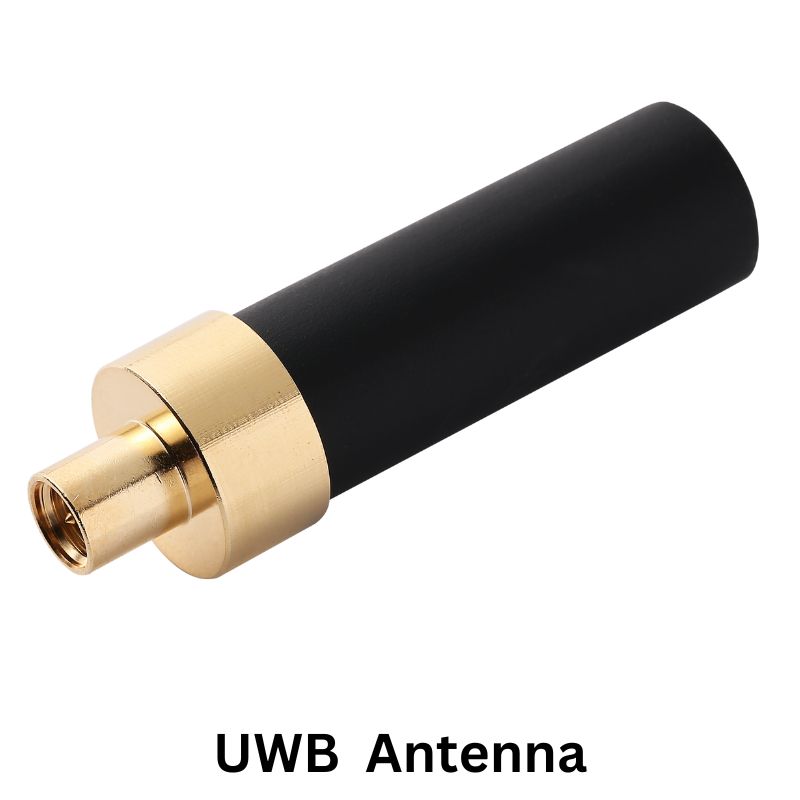2025-03-03 17:38:25
In the rapidly evolving landscape of wireless communication and IoT technologies, Ultra-Wideband (UWB) antennas are emerging as a critical component for high-precision location tracking and reliable data transmission. These specialized antennas, designed to operate across a wide frequency range, are becoming indispensable in various industries, from healthcare and smart homes to industrial automation and defense.

The Power of UWB Antennas
uwb antennas are engineered to transmit and receive signals across an extensive frequency spectrum, typically ranging from 3.1 GHz to 10.6 GHz. This wide frequency range enables them to support multiple functionalities, such as high-speed data transfer, precise location tracking, and robust wireless communication, all within a compact form factor. Their ability to operate in crowded RF environments without interference makes them highly valuable for modern applications.
Key Technical Specifications
The latest uwb antennas feature impressive technical specifications that ensure high performance and reliability. With a frequency range of 6250-8250 MHz and an impedance of 50Ω, these antennas are designed for optimal signal transmission. They offer a gain of 7 dBi and a VSWR (Voltage Standing Wave Ratio) of 2, ensuring efficient energy transfer and minimal signal loss. The SMA connector type further enhances their compatibility with various devices.
Applications Across Industries
The versatility of UWB antennas makes them suitable for a wide range of applications. In indoor positioning and navigation, they are used for real-time location systems (RTLS) in warehouses, hospitals, and factories, providing precise asset tracking and navigation solutions. In the IoT and smart device sector, UWB antennas enable wireless connectivity for smart home devices, wearables, and industrial IoT sensors, facilitating seamless data communication.
In the healthcare industry, UWB antennas support patient monitoring and tracking systems, as well as wireless medical devices for diagnostics and data transmission. Their precision and reliability make them ideal for critical applications where accuracy and speed are paramount. In industrial automation, UWB antennas are used for precision monitoring in manufacturing and robotics, as well as asset management and worker safety solutions.
Benefits of UWB Antennas
The benefits of UWB antennas extend beyond their technical capabilities. They provide accurate distance and position measurements, high data rates, and resistance to interference, making them ideal for precise tracking and fast communication. Unlike traditional narrowband antennas, UWB antennas can support multiple functions simultaneously, offering a compact and efficient solution for modern wireless systems.
Future Outlook
As the demand for high-precision location tracking and reliable wireless communication continues to grow, UWB antennas are poised to play a crucial role in shaping the future of IoT, smart cities, and industrial automation. Their ability to operate in challenging environments and provide accurate, real-time data makes them an essential component for next-generation technologies.
Conclusion
UWB antennas represent a significant leap forward in wireless communication and location tracking. Their wide frequency range, high precision, and resistance to interference make them ideal for a variety of applications, from indoor navigation and IoT devices to healthcare and defense. As industries increasingly rely on precise and reliable wireless solutions, UWB antennas are set to become a cornerstone of modern technology, driving innovation and efficiency in a connected world.